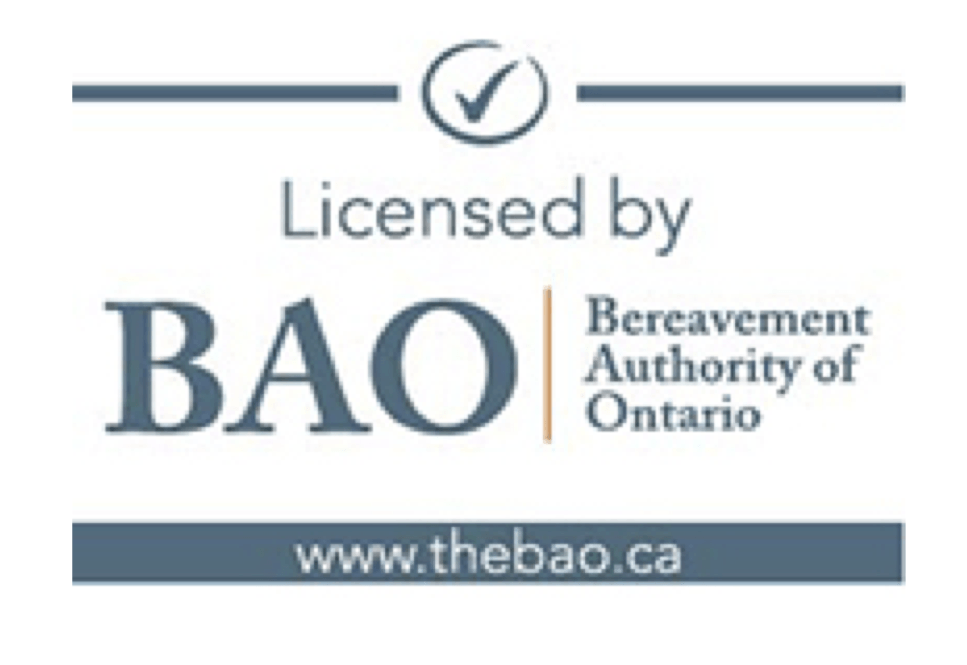Aquamation
Innovative and Carbon Friendly
Water-based Aquamation is a method of final disposition. Aquamation does in hours what nature does in months and years as part of nature’s course when a body is laid to rest. Through a combination of water flow, temperature, and alkalinity, we accelerate nature’s process of tissue hydrolysis to return the body to its natural form. The end result is remains that go into an urn for family to take home, scatter, bury or place in keepsake jewelry.
We find that many families are grateful to have a choice, and some prefer a process that does not use fire or flame. Many believe this to be a gentle option, and value the decreased carbon foot print it leaves.
With Aquamation, an individual body is gently placed in a container that is then placed in a sterile stainless steel vessel. A combination of 95% water and 5% alkali (sodium and potassium hydroxide) are used, in the process of tissue hydrolysis. These alkalis are safe for the environment and are the same alkalis that are used in many common household products.
Upon the completion of the process, the water is returned to the ecosystem via the normal wastewater treatment facility. The Aquamation process produces a completely sterile solution of amino acids, sugars, nutrients, salts, and soaps in a water solution. These are all by-products of natural decomposition.
Aquamation preserves approximately 20% more remains of your loved one. These remains are 100% safe, pathogen and disease free, and consist simply of bone material (calcium phosphate). Families may keep the Aquamated remains in an urn, inter them in a grave or niche, or scatter them in a special place.
Wartman Funeral Home is proud to offer is form of disposition to any family that we serve. We have been licensed by the Bereavement Authority of Ontario (BAO) since 2016. We are proud to say we are the first Funeral Home in Ontario that was Licensed by the BAO. Since that time we have provided Aquamation services to hundreds of families across Ontario and Quebec.
Please feel free to call us or email if you have any questions about Aquamation.
Articles on Aquamation
https://www.youtube.com/watch?v=iTD0GltXB50New Paragraph
https://www.nationalgeographic.co.uk/environment-and-conservation/2019/11/the-environmental-toll-of-cremating-the-deadNew Paragraph
https://www.washingtonpost.com/world/2022/01/02/what-is-aquamation-burial-practice-desmond-tutu-requested-instead-greenhouse-gas-emitting-cremation/New Paragraph
Popular Questions
- What actually happens?
With alkaline hydrolysis, an individual body is gently placed in a stainless steel vessel. A combination of water, temperature and alkalinity are used to accelerate the natural process of tissue hydrolysis. A chemical reduction to bone and liquid. Bone fragments are dried and reduced to a white powdery substance similiar to cremated remains.
- Is the body dissolved in Acid....?
No..... Alkaline hydrolysis uses a catalyst called Alkali, which is the chemical opposite of an acid. We use Alkali made from sodium and potassium salts
- Are the alkalis in this process safe for the environment...?
Yes...... The water-based process is 95% water and 5% akali. A combination of alkalis (Sodium and Potassium Hydroxide) are used in the process to break the body down. The akalis used in this process are the same aklais used in common cosmetic products, body washes, shaving creams, and even food preparation. At the end of the process, the chemical has been completely used.
- What happens to the water......?
The water is returned to the ecosystem via the normal wastewater treatment facility. Just as all funeral homes do during the embalming process. The alkaline hydrolysis process produces a completely sterile solution of amino acids, sugars, nutrients, salts and soap and water solution. These are by products of natural decomposition.
- Are the powdered remains safe to handle...?
Yes, the remains are 100% safe, pathogen and disease free. The remains that are returned to the family is simply bone mineral (skeletal remians), or Calcium phosphate. The ashes may be kept in an urn, buried in a cemetery or scattered in a special place.
Akaline Hydrolysis Facility -
4736512-2
613-634-3722
Kingston Chapel
980 Collins Bay Rd
Kingston , ON K7M 5H2
Fax: 613-634-7100
Email: info@wfhs.ca
Funeral Establishment Operator Class 1 - FE948
Funeral Establishment Operator Class 1 - FE589

